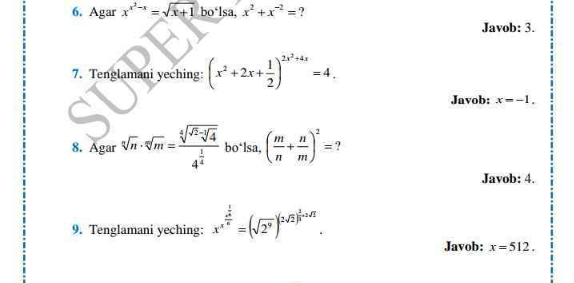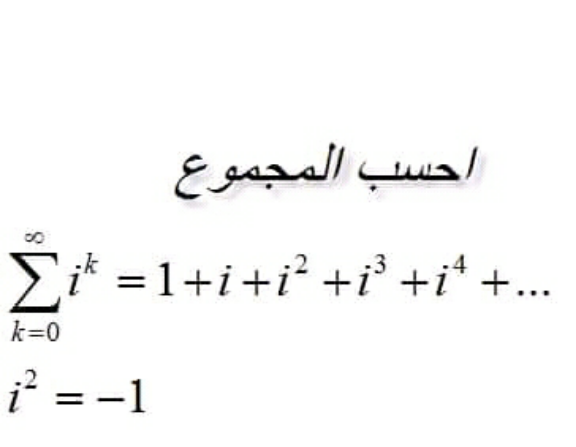
AllQuestion and Answers: Page 1067
Question Number 111973 Answers: 0 Comments: 2
Question Number 111965 Answers: 1 Comments: 0
Question Number 111960 Answers: 1 Comments: 0
Question Number 111957 Answers: 0 Comments: 31
Question Number 111954 Answers: 1 Comments: 0
Question Number 111953 Answers: 0 Comments: 0

Question Number 112004 Answers: 1 Comments: 0
Question Number 112545 Answers: 2 Comments: 2
Question Number 111939 Answers: 2 Comments: 0

Question Number 111937 Answers: 1 Comments: 0

Question Number 112203 Answers: 0 Comments: 2
Question Number 111934 Answers: 1 Comments: 0

Question Number 112533 Answers: 2 Comments: 2
Question Number 112060 Answers: 1 Comments: 0
Question Number 111926 Answers: 1 Comments: 1

Question Number 112001 Answers: 0 Comments: 2

Question Number 111923 Answers: 2 Comments: 0
Question Number 111982 Answers: 2 Comments: 0

Question Number 111914 Answers: 1 Comments: 0
Question Number 111909 Answers: 2 Comments: 0
Question Number 111907 Answers: 2 Comments: 0
Question Number 111906 Answers: 1 Comments: 0

Question Number 111890 Answers: 0 Comments: 0

Question Number 111879 Answers: 1 Comments: 0
Question Number 111876 Answers: 0 Comments: 0

Question Number 111873 Answers: 1 Comments: 0
Pg 1062 Pg 1063 Pg 1064 Pg 1065 Pg 1066 Pg 1067 Pg 1068 Pg 1069 Pg 1070 Pg 1071
